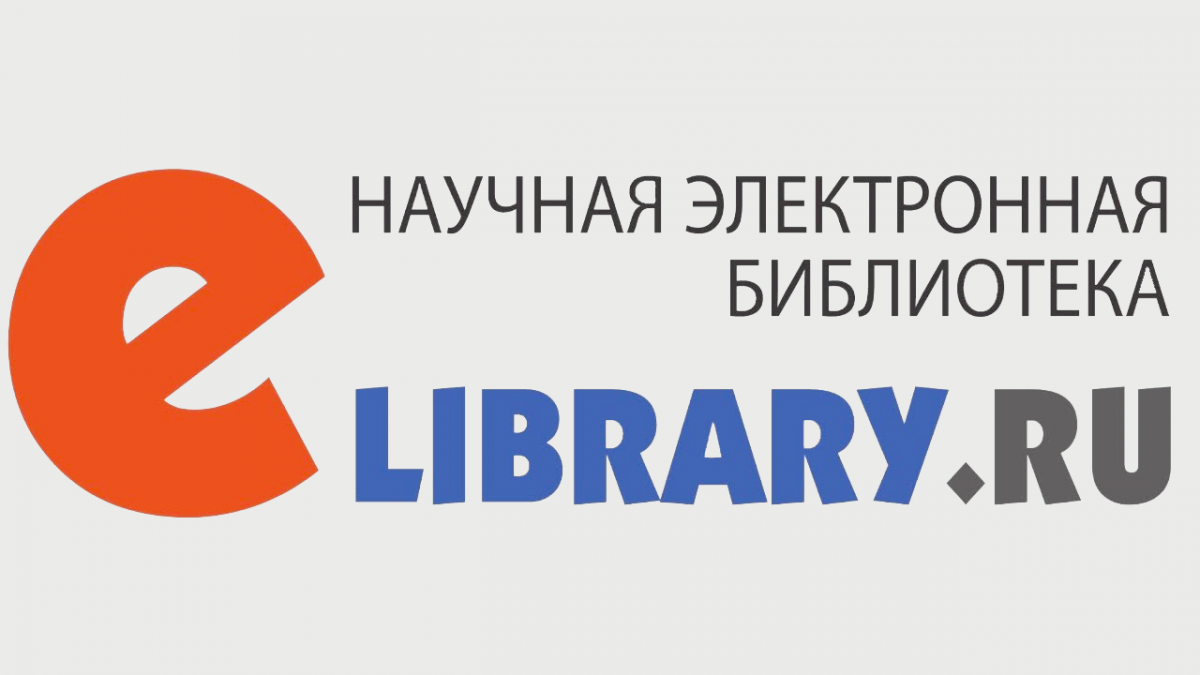Introduction into working process of methodological developments on minor forms of extracurricular applied professional physical training
ˑ:
PhD, Associate Professor V.I. Scaliush1
PhD, Associate Professor I.V. Afanasyeva1
L.N. Vergo2
M. Moor2
1Moscow State Academy of Physical Culture, Malakhovka, Moscow Region
2Omsk State Technical University, Omsk
Abstract
Objective of the study was to develop a methodological basis of industrial gymnastics as a minor form of extracurricular applied professional physical training for people who are sedentary at work, especially student youth and staff of the university.
Methods and structure of the study. As part of the study, we developed methodological recommendations and exercise series for intellectual workers. The developed minor forms of extracurricular applied professional physical training were tested on the students majoring in the "Physical Education and Sports Technologies" discipline. These training forms were based on static and vibration exercises. The students and staff of the university (teachers, accountants, librarians, HR staff members, and students of non-sports departments) were offered to perform the developed exercise series every day varying the physical load content and dosage. The following measurements were taken to substantiate the effectiveness of the minor forms of extracurricular applied professional physical training: blood pressure, calf and ankle volumes (at the beginning and at the end of the 8-hour working day).
The study group included the 18-22 year-old students and the staff of the university of different sexes and ages. A preliminary survey was conducted to assess the state of health and signs of fatigue at the end of the working day. As a result, several common features were identified: stiff torso muscles, headaches, reduced attention concentration, and leg swelling.
Results and conclusions. The daily application of the minor forms of industrial gymnastics led to a noticeable improvement in the circumferential sizes in the staff of the university by the end of the working day. On average, their calf volume increased by 0.5 cm, though the initial leg volumes remained unchanged. There were minor changes in the initial circumferential sizes in the students. Based on their subjective perceptions, both students and staff of the university noted a feeling of lightness of the legs, absence of headaches, and good mood.
The introduction into the working process of the minor forms of industrial gymnastics using static and vibration exercises and eye gymnastics makes it possible to prevent cardiovascular diseases, blood clot formation, and varicosity of the lower limb veins, reduce fatigue of the visual analyzer resulting in visual deteriorations.
Keywords: applied professional physical training, minor forms of extracurricular training, industrial gymnastics.
References
- Zheleznyak Yu.D., Leyfa A.V. Fizicheskaya aktivnost i zdorovye studentov vuza nefizkulturnogo profilya [Physical activity and health of university non-sports students]. Teoriya i praktika fiz. kultury. 2006. No.12. pp. 46-47.
- Mikulin A.A.; Chumakov S. (foreword) Aktivnoe dolgoletie: (Moya sistema borby so starostyu): Populyarny rasskaz o poleznykh fiziologicheskkh predstavleniyakh i faktakh, kotorye kazhdy chelovek dolzhen znat s yunosti i pomnit vsyu zhizn [Active longevity: (My system of dealing with old age): Popular story about useful physiological ideas and facts that everyone should know from youth and remember all life long]. Moscow: Fizkultura i sport, 1977. 112 p., il.
- Skaliush V.I., Afanasyeva I.V. Prikladnaya fizicheskaya kultura v uchebnom protsesse MGAFK [Applied physical education in educational process of Moscow State University of Physical Culture]. Olimpiyskie igry i sovremennoe obshchestvo [Olympic Games and Modern Society]. Proceedings II national research-practical conference with international participation. Moscow State Academy of Physical Culture, Malakhovka, 2015. pp. 135-136.
- Shilko V.G. Organizatsiya fizicheskogo vospitaniya studentov v vuzakh Sibirskogo federal'nogo okruga [Organization of physical education in universities of Siberian Federal District]. Teoriya i praktika fiz. Kultury. 2007. No. 3. pp. 2-6.


